The colours on our walls at home affect how we feel much more than we realise, according to Marianne Shillingford, creative director at Dulux.
“We use colour if we’re going out for a wedding or a big celebration, we’ll put on more colour than we normally would if we went into the office,” Shillingford says.
“So we use colour all the time as a language to express the way we feel, or how we want to feel. And in our homes, it is more important than anything to get it right.”
This is what Shillingford suggests you should do to evoke different moods using paint…
To create a stimulating environment…
“Red is the colour that has the longest visual wavelength – it draws your attention. Red has long been associated with eating rooms, restaurants and dining rooms, because it’s the most stimulating colour. It stimulates conversation, it stimulates our tastebuds, it makes everything taste better and sweeter,” says Shillingford, who recommends Fitzrovia Red or Pugin Red from the Dulux Heritage range.
To evoke calmness…
“Creating calm in any space is about shorter wavelength colours – like blues and greens, that reconnect us with nature,” says Shillingford.
“They appear slightly further away from us, so when we paint them on the walls, it makes the space feel less enclosed and more connected with the outdoors. It’s a fact that being in nature can help soothe a troubled soul, so the colours of nature – whether they are soft, organic blues, grass greens or the colours of raw organic materials – they’re not overwhelming, which I think is perfect if you’ve got children and you’re trying to juggle work and family life.”
For a happy place to be…
“We often think the most joyful colour is yellow, because it reminds us of the sunshine, the first flowers of spring, yellow daffodils, buttercups, primroses. It also reminds us of hopeful things that happen in spring, like harvest corn. It’s uplifting, and it’s quite a common colour for nurseries.
“Pink is another one. We’ve reclaimed pink from its associations with little girls and Barbie – we can all enjoy pink, it’s a gentle flash of joy.”
To evoke feelings of sleepiness…
“Dark blues and deep greens are perfect for helping you sleep,” says Shillingford.
“Some people do the whole wrap of a room and I think it can look lovely, but I get the feeling people are starting to paint out (sections of a room). You could split your bedroom into two different spaces, say if you painted up the wall on to the ceiling and down the other side, to create a sort of canopy around your bed in a slightly deeper colour.”
To inspire motivation or creativity…
“Get the energy levels up using a strong colour, but if you use too much of a strong colour you can become slightly agitated,” says Shillingford.
“So use blocks of colour, like colour blocking around a picture, colour blocking around a sofa, or a big shape (above a sofa).”
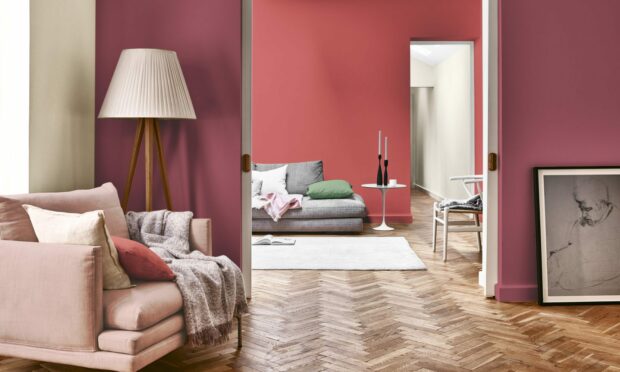
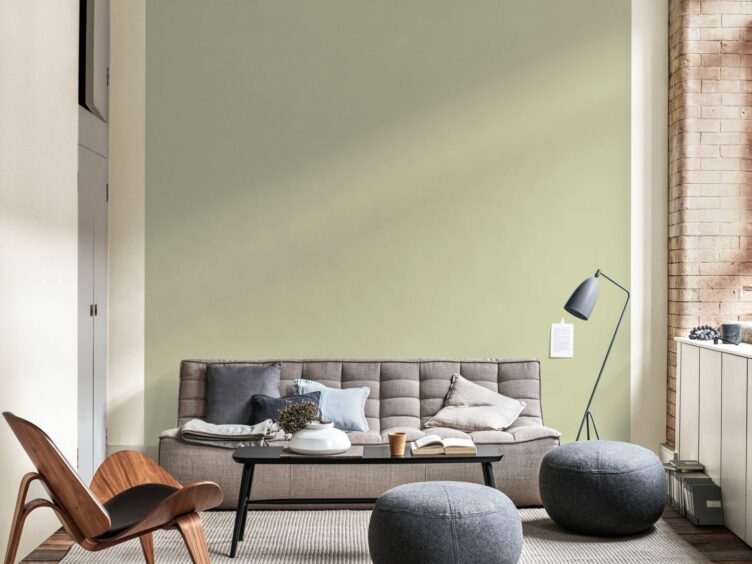
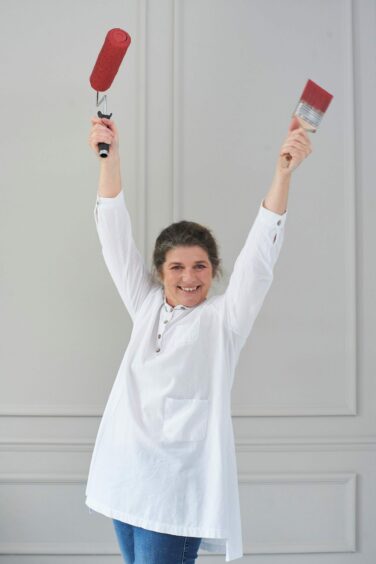
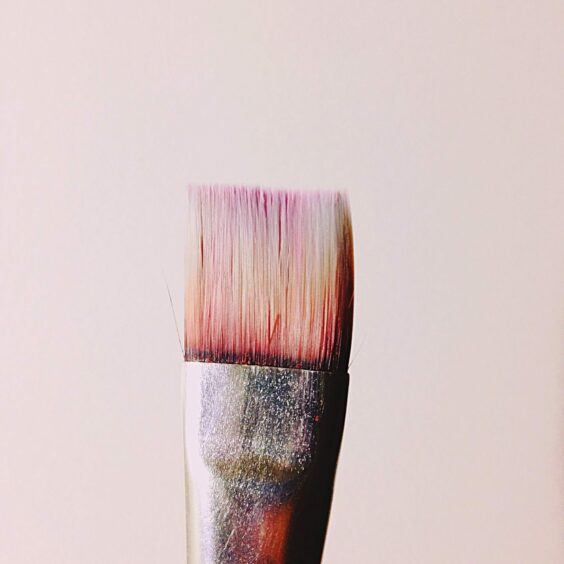
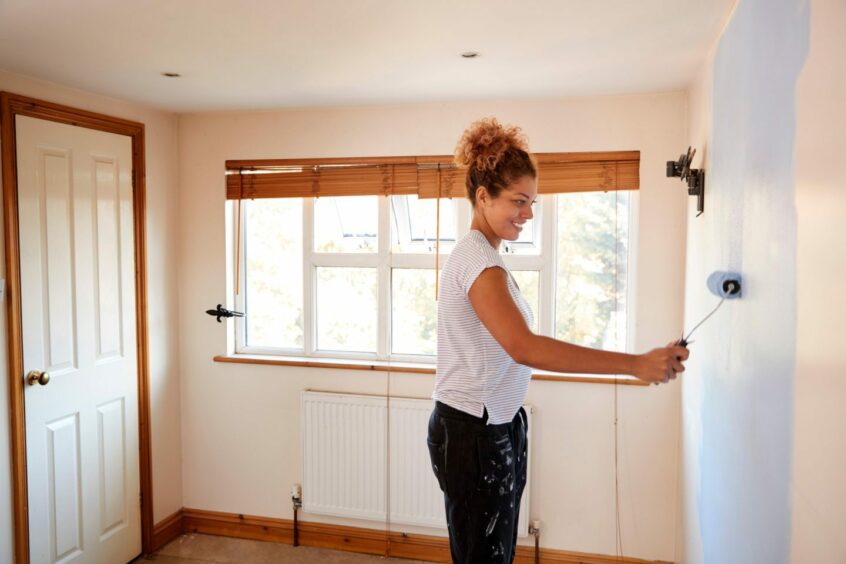
Conversation